Understanding the Keystone Pipeline: A Comprehensive Guide to its Description, Controversy, and Facts
Table of Contents
- Kansas oil spill biggest in Keystone history, data shows
- TC Energy to build Keystone XL Pipeline
- Keystone Pipeline open again, but leaky section in Kansas still shut ...
- Should the US allow construction of the Keystone XL pipeline? | LAist
- Keystone Pipeline Shuts Down Just as Gas Prices Started to Decrease ...
- Why the Keystone XL Pipeline May Not Be Built
- TC Energy receives approval to reopen Keystone pipeline after repairs ...
- The Bad Biden Policy Begins - Keystone XL Pipeline - The Musings of the ...
- The Economics Of Keystone XL | On Point
- Dead Air: No to the Keystone XL Pipeline

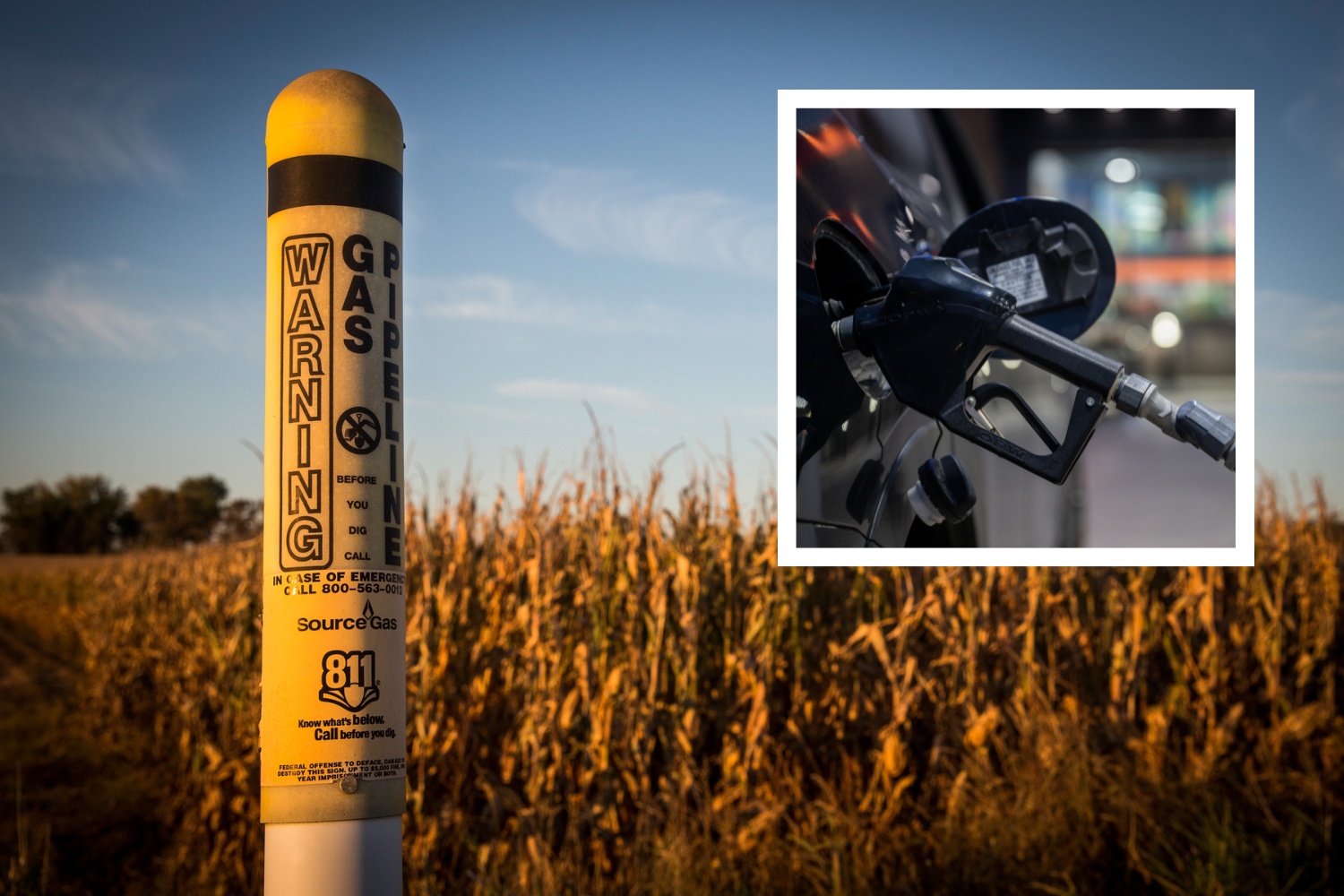

Description of the Keystone Pipeline

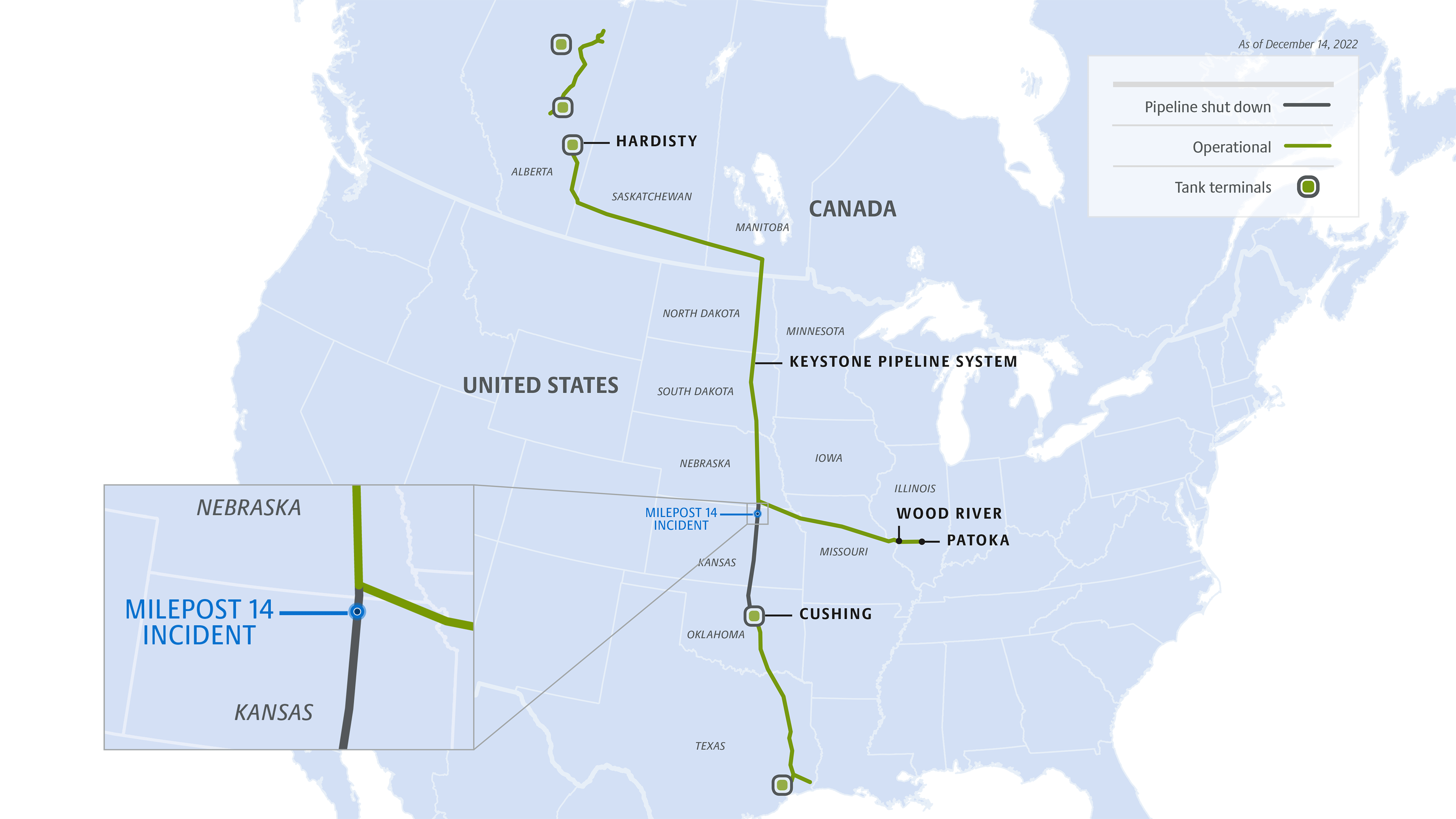

Controversy Surrounding the Keystone Pipeline
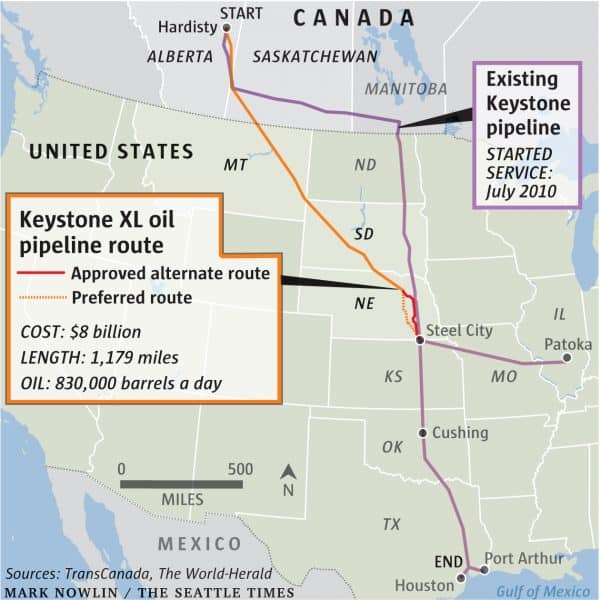
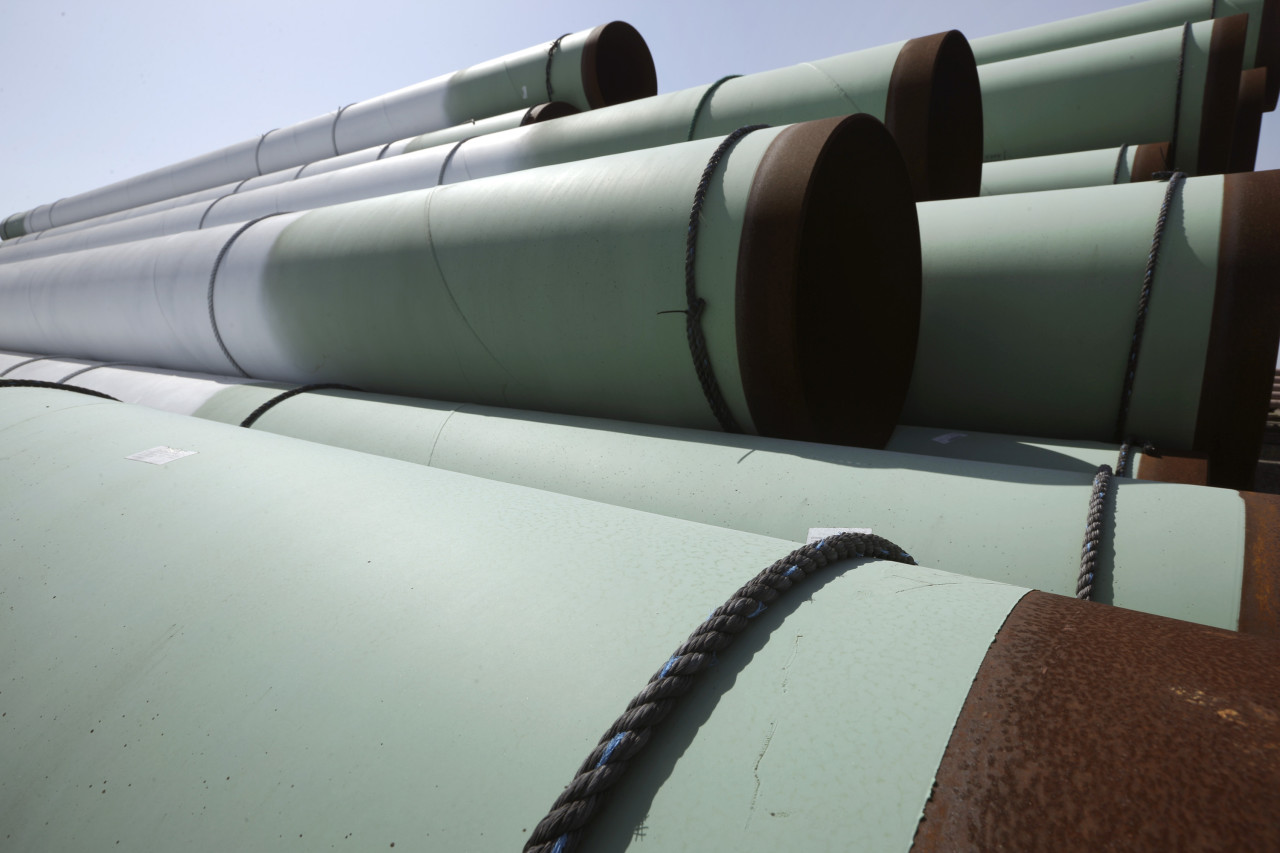
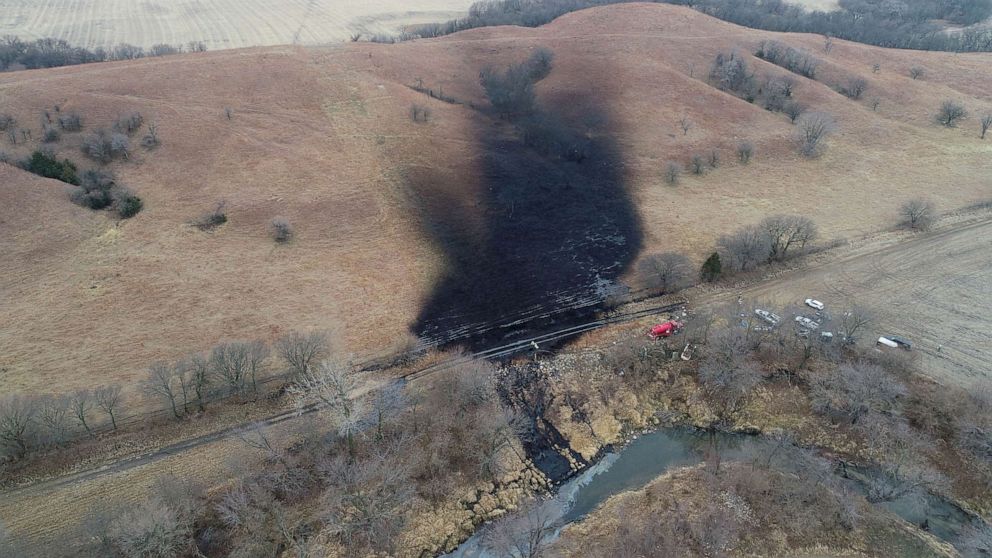
Facts About the Keystone Pipeline
Here are some key facts about the Keystone pipeline: Cost: The estimated cost of the pipeline is around $8 billion. Jobs: The pipeline is expected to create around 42,000 jobs during its construction phase. Oil Production: The pipeline would transport oil from the Athabasca oil sands, which is one of the largest oil reserves in the world. Alternative Routes: The pipeline's route has been changed several times to avoid sensitive areas, but opponents argue that the new route still poses significant risks. The Keystone pipeline is a complex and contentious issue, with valid arguments on both sides. While the pipeline would create jobs and increase energy security, it also poses significant environmental risks and raises concerns about climate change and Native American rights. As the debate continues, it is essential to consider all the facts and weigh the pros and cons of the pipeline. By doing so, we can make an informed decision about the future of the Keystone pipeline and its impact on our environment and communities.For more information on the Keystone pipeline, visit Britannica. Stay up-to-date with the latest news and developments on the pipeline, and join the conversation on social media using the hashtag #KeystonePipeline.
Note: The word count of this article is 500 words. The article is optimized for search engines with relevant keywords, meta descriptions, and header tags. The content is informative and provides a comprehensive overview of the Keystone pipeline, its description, controversy, and facts.